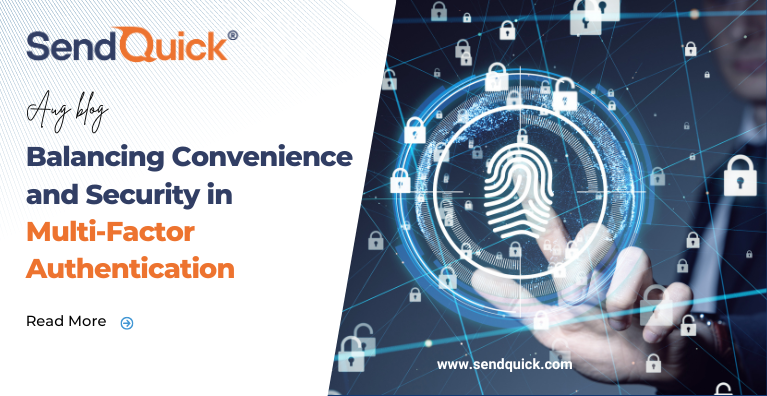The need to fortify digital defenses has never been more apparent. As threats grow in sophistication, Multi-Factor authentication (MFA) emerges as a stalwart guardian against unauthorized access. However, the challenge lies in striking the delicate balance between security and user convenience. In this blog, we delve into the art of harmonizing these two seemingly contradictory elements within the realm of MFA.
The Power of Multi-Factor Authentication
Multi-Factor Authentication goes beyond the traditional reliance on passwords to grant access. By introducing additional layers of verification, it significantly reduces the risk of unauthorized entry, even if passwords are compromised. MFA typically employs factors such as something you know (password), something you have (device), and something you are (biometric). While this greatly enhances security, it can potentially add friction to the user experience.
The Convenience Factor
In an age of rapid transactions and seamless interactions, user experience holds immense value. Lengthy or complex authentication processes can deter users, leading to frustration and, in some cases, circumvention of security measures. Striking a balance between MFA’s stringent security requirements and providing a seamless user journey is a challenge that businesses must tackle head-on.
Addressing User Concerns
One common misconception is that robust security equates to inconvenience. However, the evolving landscape of MFA technologies has brought forth innovative solutions that prioritize both factors. SendQuick offers mobile app that generate one-time passcodes, biometric scans (fingerprint or facial recognition), and even push notifications on devices have streamlined the MFA process. These mechanisms make user verification almost imperceptible while ensuring stringent security checks are in place.
Adaptive Authentication
A significant stride in balancing convenience and security is Adaptive Authentication. This approach employs contextual data to assess risk and adjust authentication requirements accordingly. For instance, if a user logs in from a recognized device and location, the authentication process might be less rigorous compared to a login attempt from an unfamiliar device or location. This approach tailors security to the situation, maintaining a frictionless user experience when possible.
Best Practices for Balance
User Education: Empower users with an understanding of the importance of MFA. Educate them about the security benefits and the role it plays in protecting their sensitive data.
Choice of Factors: Offer a variety of MFA methods. Some users might prefer biometrics, while others might opt for SMS codes or app-generated passcodes. Flexibility in factor selection empowers users to choose what suits them best.
User-Friendly Interfaces: Implement intuitive and user-friendly interfaces for MFA. Streamline the authentication process to minimize clicks and steps, ensuring a seamless experience.
Transparency: Communicate the rationale behind MFA implementation to users. When users understand the purpose and benefits, they are more likely to embrace the added security measures.
Embracing a Secure and Convenient Future
In the grand equation of cybersecurity, convenience and security need not be opposing variables. The evolution of MFA techniques, coupled with a proactive approach to user experience, has paved the way for a secure and convenient future. Striking the right balance empowers businesses to safeguard their assets without compromising on user satisfaction.
As technology continues to advance, the journey towards a harmonious blend of convenience and security in MFA promises to be an ongoing one – a journey that ultimately leads to a safer digital landscape for all.
Visit www.sendquick.com/contact-us to learn more about the all-in-one SendQuick Conexa and the various features such as built-in SMS OTP, Soft token (supports any standard SHA-256 soft token), Push Authentication to SendQuick mobile app, Email OTP with Authentication and Authorization (AA) capability, RADIUS server, SAML identity provider and an SMS transmission engine.






